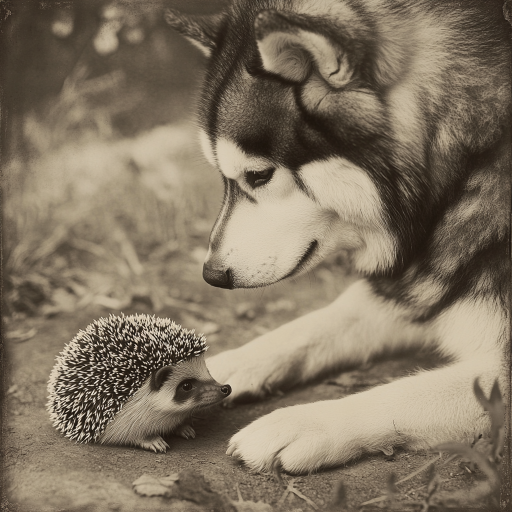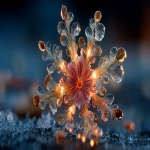Explore the Best AI Image Gallery

AI-Driven Visual Media: The New Frontier of Creativity
The advent of artificial intelligence (AI) has revolutionized numerous industries, with the creative sector standing at the forefront of this transformation. AI-generated visual content is not merely a trend but rather a fundamental shift in how we create, distribute, and engage with visual media. From art and design to marketing and entertainment, the implications of AI are vast and multifaceted.
The Rise of AI in Visual Content Production
In recent years, numerous AI tools and platforms have emerged, enabling artists and marketers to produce stunning visuals quickly and efficiently. Tools like DALL-E, Midjourney, and Adobe Sensei leverage complex algorithms to generate images from textual descriptions or enhance existing visuals, bringing ease and creativity to new heights. Artists are beginning to integrate these tools into their workflows, melding traditional techniques with AI capabilities.
Potential Uses of AI-Generated Visual Content
AI-generated visual content finds applications across various domains, shaping how we create and consume media. Some examples include:
- Advertising and Marketing: Brands are using AI to create tailored ads visually appealing to target audiences, increasing engagement and conversion rates.
- Social Media: With platforms like Instagram and TikTok prioritizing visual content, AI helps users create professional-grade posts without extensive design skills.
- Content Creation: Writers and content marketers are using AI tools to generate accompanying visuals, thereby enriching their storytelling and enhancing user experience.
- Games and Multimedia: AI is revolutionizing the game design industry by dynamically generating landscapes, characters, and even storylines that adapt to player choices.
Ethical Considerations
Despite the advantages, the rise of AI-generated visual content raises a series of ethical questions. Concerns include copyright issues, the authenticity of art, and the potential for misuse. Some artists fear that AI could devalue human creativity, leading to a commodification of art. Others express concern over how AI-generated images could be used misleadingly, such as creating deepfakes or offensive content.
In response, the creative community is beginning to explore new frameworks for ethical AI usage. This includes careful considerations about licensing, crediting AI-generated content, and ensuring transparency when employing AI in creative processes.
Future Trends in AI and Creativity
Looking ahead, AI's role in visual content creation is poised to expand. We can expect:
- Increased Collaboration: As the technology matures, more artists are likely to collaborate with AI, resulting in a fusion of human creativity and machine-generated designs.
- Customization and Personalization: Advances in AI will enable highly personalized content, allowing brands to cater to individual preferences in real-time.
- Enhanced Accessibility: AI tools are becoming more user-friendly, democratizing access to sophisticated design tools for people without formal training in art and design.
- Sustainability: AI can play a role in sustainability in visual media production by reducing resource allocation and waste, as designers can experiment digitally before committing to physical products.
The Creative Revolution
As AI-generated visual content continues to evolve, it promises to reshape the creative landscape. It enhances artists' capabilities, offering new forms of expression while also challenging traditional norms. The journey is just beginning, and embracing this technology responsibly will be crucial to navigating the balance between human creativity and machine efficiency.
Ultimately, AI is not here to replace human creativity but to augment it, providing new tools and perspectives that can inspire and transform our visual world.
